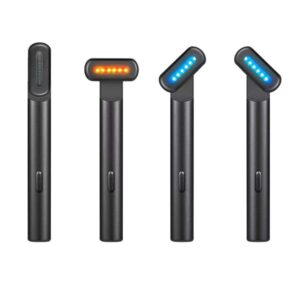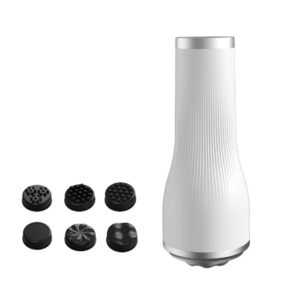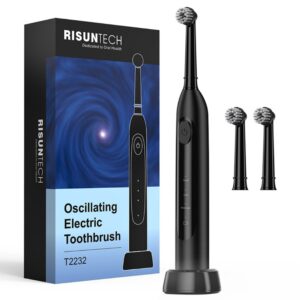Summary
Eye massagers are specialized devices designed to alleviate discomfort caused by digital eye strain (DES), a condition increasingly prevalent in today’s screen-dominated world. Characterized by symptoms such as dry eyes, blurred vision, and headaches, DES has emerged as a significant health concern, especially during the pandemic when screen time surged among both adults and children. Eye massagers employ techniques such as vibration, air compression, and heat therapy to relieve eye strain and enhance overall eye comfort, making them a popular choice for individuals seeking relief from prolonged digital device usage.
The notable rise in DES is attributed to various factors, including excessive screen time, poor ergonomic setups, and inadequate breaks from digital devices. As symptoms of eye strain have become increasingly common, eye massagers have gained attention for their potential therapeutic benefits. Research suggests that these devices can effectively stimulate blood circulation, reduce eye muscle fatigue, and alleviate symptoms associated with dry eyes, offering a promising alternative to traditional treatments like eye drops.
While eye massagers present several benefits, their effectiveness can vary based on individual needs and preferences. Some users report significant improvements in comfort and relaxation, while others may find limited relief. Additionally, concerns regarding the scientific validity of some claims surrounding eye massagers have led to debates within the medical community about their role in managing DES and overall eye health. Despite these controversies, eye massagers remain a popular option for individuals looking to enhance their self-care routines and mitigate the effects of digital eye strain.
Table of Contents
Causes of Digital Eye Strain
Digital Eye Strain (DES), also known as computer vision syndrome, arises primarily from prolonged use of digital devices such as computers, smartphones, and tablets. This condition is characterized by symptoms that include dry eyes, blurred vision, headaches, and neck or shoulder pain. The increasing reliance on digital technology for work and daily activities has led to a notable rise in DES, especially during the pandemic, where approximately 50% to 60% of children reported experiencing symptoms.
Mechanisms of Eye Strain
The symptoms associated with digital eye strain can be attributed to several mechanisms:
- Extraocular Mechanism: This involves the fatigue of the eye muscles due to extended periods of focusing on screens, which forces these muscles to work continuously without adequate breaks. The lack of regular resting periods can lead to discomfort and strain.
- Accommodative Mechanism: Focusing on screens for extended durations can disrupt the eye’s ability to adjust to different distances, leading to issues such as blurred vision and difficulty focusing. This strain can be exacerbated by inappropriate lighting conditions or glare from screens.
- Environmental Factors: Poor workspace ergonomics, such as improper screen positioning and inadequate lighting, can further contribute to eye strain. For example, screens positioned too close or too far, or excessive glare from windows and overhead lights, can intensify discomfort.
Contributing Factors
In addition to the primary mechanisms, several other factors may increase the risk of developing digital eye strain:
- Screen Time Duration: Extended periods of continuous screen use, often exceeding two hours, significantly heighten the likelihood of experiencing DES symptoms.
- Visual Demands: Tasks that require high visual concentration, such as reading, gaming, or coding, can also exacerbate eye strain, especially without regular breaks.
- External Conditions: Environmental elements like dust on screens, bright lighting, or airflow directly affecting the eyes can lead to increased dryness and irritation.
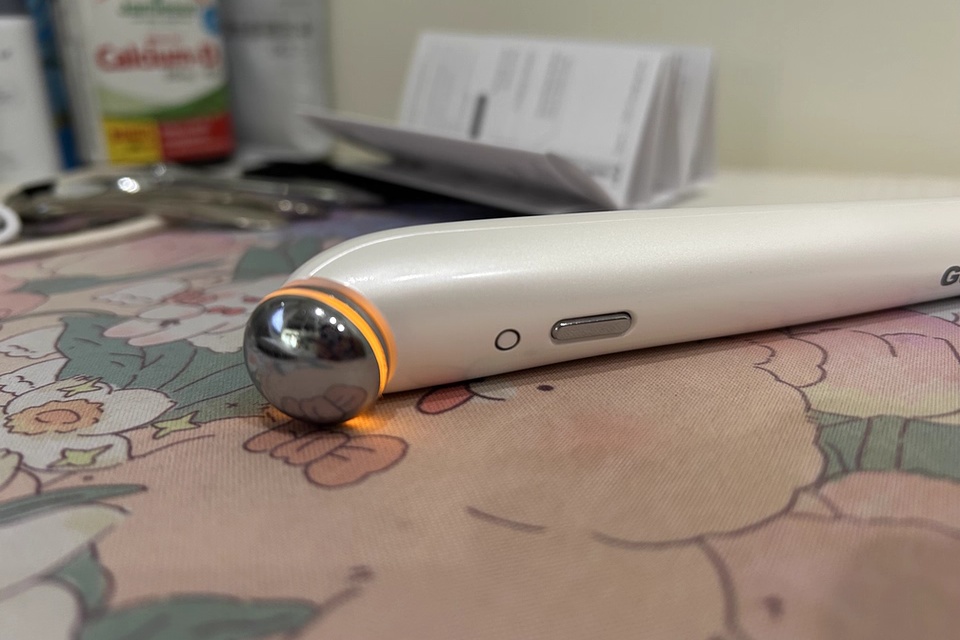
Mechanism of Eye Massagers
Eye massagers are innovative devices designed to alleviate discomfort associated with digital eye strain by employing various therapeutic techniques. These devices utilize mechanisms such as gentle vibrations, air compression, and heat therapy to provide relief to the eyes and surrounding areas.
Techniques Employed
Vibration and Air Compression
Eye massagers typically incorporate gentle vibrations alongside air compression, which rhythmically applies pressure around the eyes and temples. This combination is effective in stimulating blood circulation in the eye area, helping to relieve built-up tension and promote relaxation. The massaging action not only alleviates eye strain but also enhances the overall sense of well-being for users.
Heat Therapy
Many eye massagers feature heat settings that can reach temperatures of approximately 104 to 107 degrees Fahrenheit. This warmth works to further soothe tired eyes by enhancing blood flow and supporting the muscles and tissues essential for eye health. Heat therapy also aids in relaxing the ocular muscles, making it particularly beneficial for individuals suffering from fatigue due to prolonged screen time.
Acupressure and Targeted Massage
In addition to vibration and heat, some eye massagers apply gentle pressure akin to acupressure techniques. By targeting specific areas around the eyes, these devices help stimulate the meibomian glands, which are crucial for tear production. This stimulation can significantly alleviate symptoms associated with dry eyes, providing a refreshing alternative to the use of eye drops.
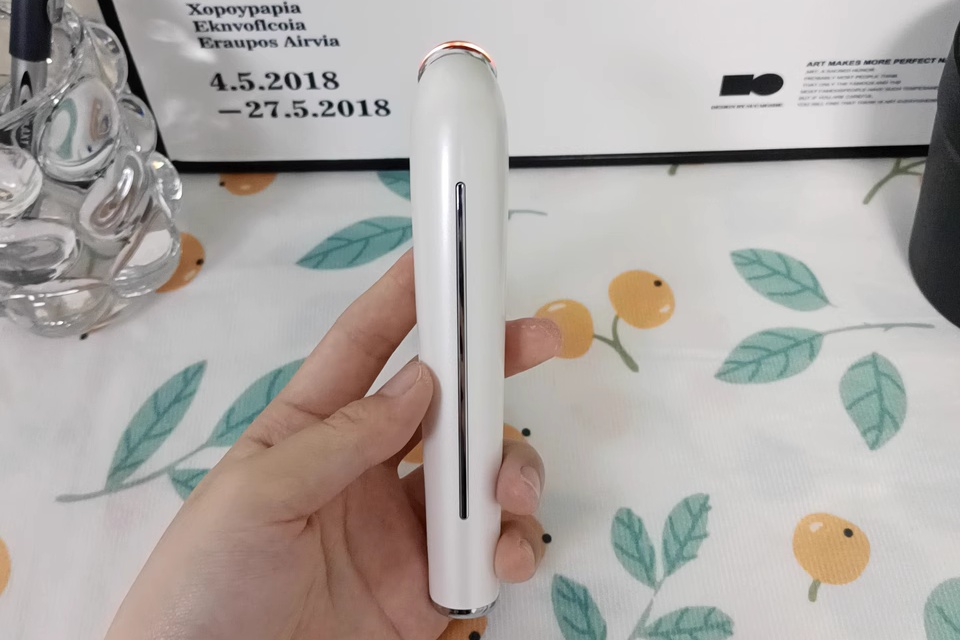
Benefits of Eye Massagers
Eye massagers provide a range of benefits that cater to those experiencing digital eye strain and other eye-related discomforts. Regular use of these devices can significantly enhance eye comfort and overall well-being.
Reducing Eye Strain and Improving Comfort
Research indicates that consistent use of eye massagers can help reduce eye strain and improve comfort, particularly for individuals who spend long hours in front of screens. By providing gentle compression and rhythmic vibrations, these devices help relieve tension around the eyes and refresh fatigued eye muscles. A short session of about 10 minutes is often sufficient to experience noticeable improvements in comfort and relaxation.
Enhancing Sleep Quality
Incorporating eye massagers into a nighttime routine can promote better sleep quality. The gentle massage helps relax the eye muscles, reducing stress and tension that might interfere with sleep. Many users find that this calming ritual signals to their body that it’s time to wind down, aiding in the transition to a restful night.
Alleviating Symptoms of Dry Eyes
Eye massagers also assist in alleviating dry eye symptoms by stimulating the glands responsible for natural tear production. This can be particularly beneficial for individuals who rely heavily on digital devices, as prolonged screen time can exacerbate dryness. The gentle warmth and compression promote better blood flow, nourishing the delicate skin around the eyes and supporting overall eye health.
Reducing Dark Circles and Puffiness
The use of eye massagers can help mitigate the appearance of dark circles and puffiness, which are often caused by poor circulation and fatigue. By stimulating blood flow and lymphatic drainage in the area, these devices contribute to a more refreshed appearance, allowing users to feel more confident. The combination of warmth and gentle pressure helps reduce fluid buildup, leading to diminished puffiness over time.
Supporting Overall Eye Health
Beyond immediate relief, regular use of eye massagers can contribute to long-term eye health. Improved blood circulation around the eyes helps maintain skin elasticity, potentially reducing the appearance of fine lines and wrinkles. This practice not only addresses aesthetic concerns but also supports the muscles and tissues essential for eye function.

Scientific Studies and Evidence
Numerous studies have investigated the effectiveness of facial massage and exercise in alleviating visual fatigue, particularly in relation to digital eye strain. A systematic review examined various randomized controlled trials (RCTs) and clinical interventions, highlighting several expected benefits of these therapies. Specifically, facial massage and eye exercises are associated with reducing visual fatigue, enhancing blood circulation, alleviating anxiety and stress, and improving the function of eye muscles.
Study Selection Criteria
In the review process, rigorous selection criteria were applied to ensure the quality and relevance of the studies included. Only RCTs, crossover trials, clinical trials, and systematic reviews were considered. Studies focusing on interventions like facial and eye massage, as well as various types of exercises such as yoga and gymnastics, were included. Participants ranged from adults to children, all reporting symptoms of visual fatigue. Control groups in these studies typically consisted of placebos, usual care, or no intervention.
Data Extraction and Quality Assessment
The systematic review extracted essential data from each included study, encompassing study design, sample size, interventions, control groups, outcome measures, and results. The Cochrane Risk of Bias Assessment Tool was utilized to evaluate the quality and potential bias of each study. Overall, the included studies exhibited a generally high quality, providing significant clinical insights into the effectiveness of these interventions.
Limitations and Future Research Directions
Despite the promising findings, several limitations were noted. Many studies had small sample sizes, which may impact the generalizability of the results. Furthermore, most research focused on short-term effects, neglecting the long-term outcomes of facial massage and exercise interventions. The studies often lacked diversity in participant demographics and did not thoroughly assess the independent effects of combined interventions. Future research should aim to expand sample sizes, diversify participant profiles, and standardize intervention techniques to enhance the reliability and applicability of findings. Additionally, comparative studies examining different massage techniques and their relative effectiveness could further clarify the best practices for alleviating visual fatigue.

Usage Guidelines
General Recommendations
To effectively alleviate digital eye strain (DES) using eye massagers, users should adhere to a set of guidelines designed to optimize their experience and benefits. Practicing the 20-20-20 rule is highly recommended; every 20 minutes, take a 20-second break and focus on an object at least 20 feet away to reduce eye fatigue. Additionally, it is advisable to limit daily screen time to four hours or less and take frequent breaks to minimize strain on the eyes.
Proper Use of Eye Massagers
When using an eye massager, it is crucial to follow the manufacturer’s instructions to ensure safety and effectiveness. Many eye massagers incorporate various features, such as vibratory stimulation and heat therapy, which can enhance the relaxation process. Users should start with shorter sessions of about 10-15 minutes and gradually increase the duration as they become more accustomed to the device. Furthermore, individuals should ensure the device is clean and used in a comfortable setting to enhance the overall experience.
Ergonomic Considerations
Proper ergonomic use of digital devices can significantly improve eye health. Users should maintain a comfortable viewing distance, ideally around 20-30 inches from the screen, and adjust their seating to ensure that the screen is at eye level. Incorporating eye massages as part of a routine that includes ergonomic adjustments can provide comprehensive relief from digital eye strain.
Alternatives and Complementary Practices
While eye massagers are beneficial, many individuals still prefer traditional methods to alleviate eye strain, such as using cold compresses or simply resting their eyes. Combining these methods with eye massagers may enhance overall effectiveness, as individuals can tailor their eye care routine to their preferences and comfort levels.
Consult Healthcare Providers
Before integrating any eye massage device into a wellness routine, it is advisable for users to consult with healthcare providers, especially if they have pre-existing eye conditions or concerns. This ensures that any treatment plan is safe and evidence-based.
Comparison with Other Treatments
Overview of Treatment Options
Several treatments are available to alleviate digital eye strain, including eye massagers, eye yoga exercises, and various non-pharmacological interventions. Each method offers unique benefits and varying degrees of effectiveness depending on individual needs and circumstances.
Eye Massagers
Eye massagers are designed to provide gentle pressure and vibration, increasing circulation and lubrication around the eyes. This can lead to reduced eye strain and improved comfort during prolonged screen usage. They are particularly useful for individuals who experience significant discomfort due to digital eye strain, as they can be used in conjunction with other treatments or as a standalone remedy.
Eye Yoga Exercises
Eye yoga exercises, such as the 20-20-20 rule and directional stretches, have been shown to reduce eye fatigue effectively. These exercises improve blood circulation and increase the flexibility of eye muscles, offering a beneficial routine for those who spend extended periods in front of screens. Studies indicate that participants who engaged in eye yoga reported significant reductions in eye fatigue symptoms, highlighting its efficacy as a preventive measure against digital eye strain.
Massage Therapy
In addition to eye-specific techniques, periorbital massage therapy is another method investigated for its effectiveness in alleviating visual fatigue. This form of therapy can enhance overall eye comfort and reduce symptoms when combined with eye yoga or other exercises. Randomized controlled trials have provided insights into its potential benefits, suggesting that personalized treatment plans could optimize outcomes for different individuals.
Limitations of Current Treatments
While eye massagers and eye yoga exercises are effective for many, certain limitations exist. For instance, the generalizability of findings from studies on eye massage therapy may be restricted due to small sample sizes and a lack of diversity among participants. Additionally, the effects of combining various interventions, such as self-massage with structured exercises, remain unclear and warrant further investigation to isolate their independent benefits.
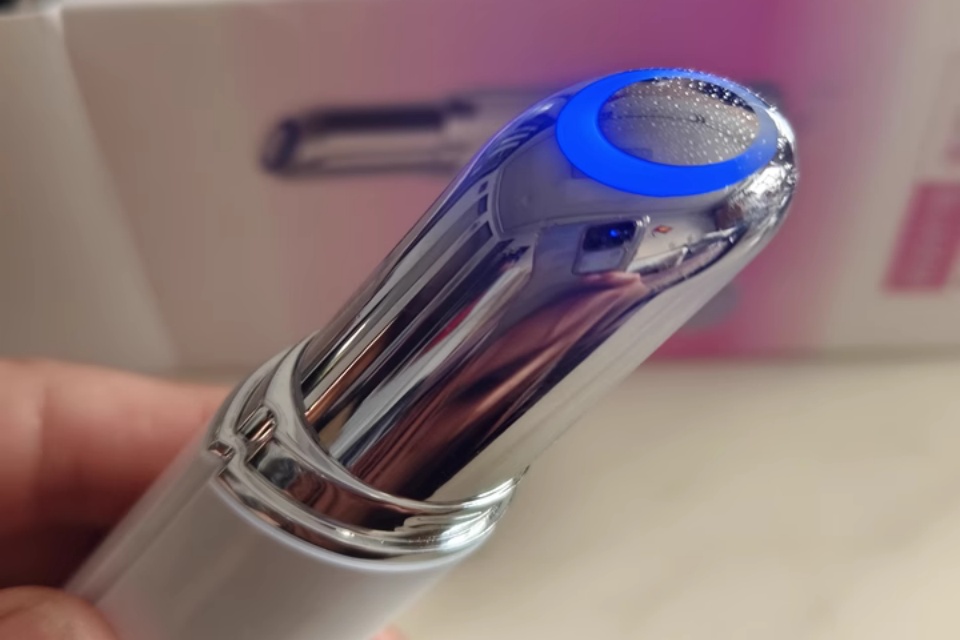
Popular Models of Eye Massagers
Several eye massagers have gained popularity for their effectiveness in relieving digital eye strain and enhancing relaxation. Among these, the RENPHO Eyeris1 Eye Massager stands out due to its advanced features and user-friendly design. This device combines heat compression, air pressure, and vibration, providing a comprehensive massage experience that alleviates tension around the eyes. Users have reported a significant reduction in eye strain after incorporating the RENPHO Eyeris1 into their self-care routines, with customizable settings and Bluetooth connectivity for an enhanced experience.
Another notable model is the Therabody Smart Goggles, which has been recognized as a top choice based on extensive editor testing. These goggles not only offer therapeutic massage techniques but also include digital settings for a tailored experience. They effectively utilize air compression and gentle vibrations to stimulate blood circulation, helping to relax the eye muscles and reduce puffiness.
The Breo iSeeM Heated Eye Massager is another popular option, appreciated for its user-friendly interface and quiet operation. This model allows users to control settings via a smartphone app, adding to its convenience. The high-quality leather construction contributes to its comfort, making it a favorite among those seeking relief from headaches and sinus pressure.
Lastly, the Renpho Heated Eye Massager Ture View is recognized for its soothing heat and ability to extend beyond the eyes to massage the temples. Despite minor drawbacks, such as a clicking noise during certain treatments, users value the open vision window that allows them to maintain visual awareness during use. These eye massagers collectively demonstrate the variety and effectiveness of products available to combat digital eye strain, catering to different preferences and needs.



